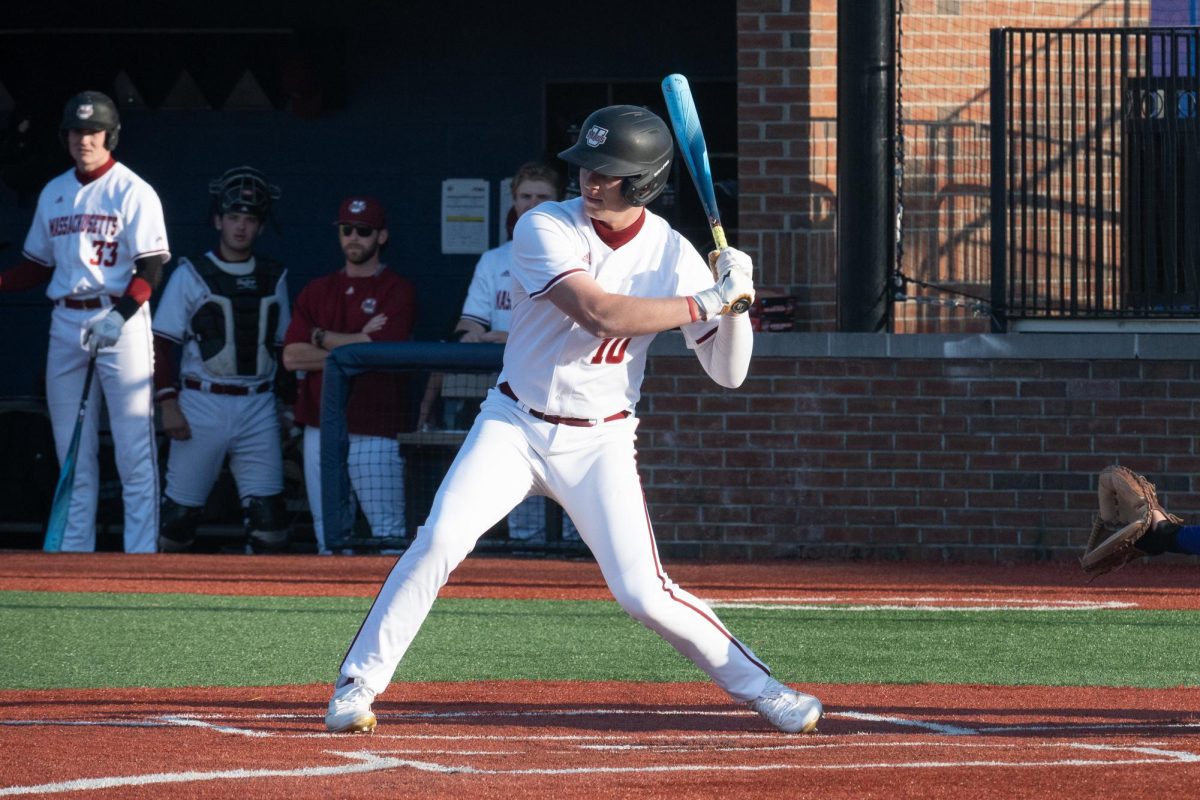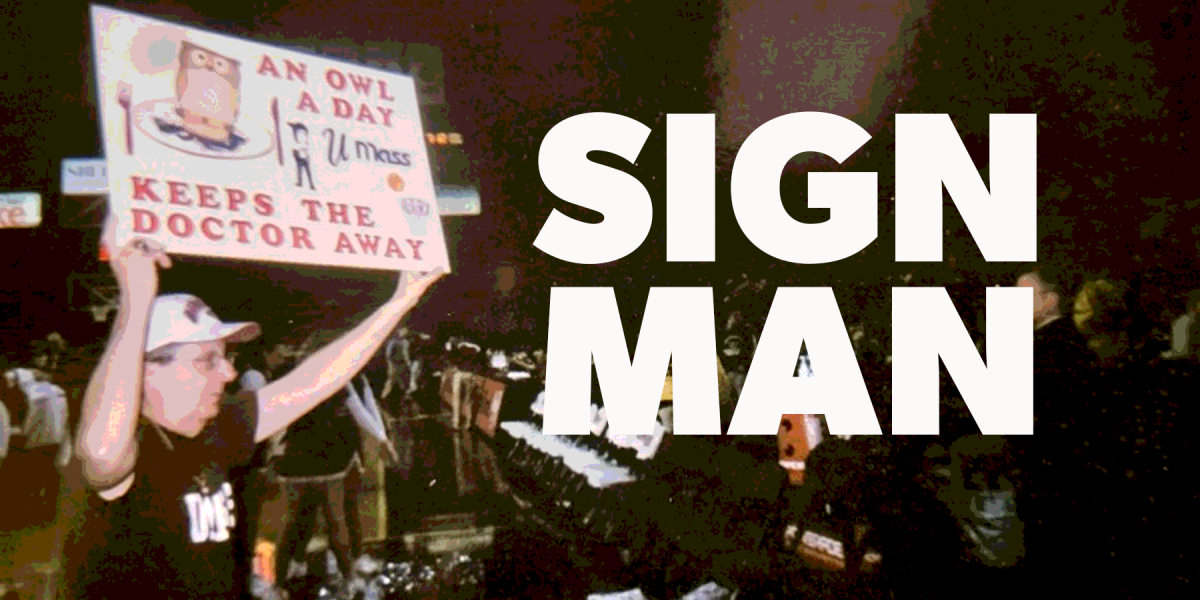
(Robert Rigo/Daily Collegian)
Administrators at the University of Massachusetts say they hope to increase the amount of racially underrepresented students attending UMass with an increased focus on outreach to communities across the Massachusetts.
The issue of diversity in underrepresented students at UMass became a topic of focus on campus after UMass hosted Listening and Answering sessions about on-campus diversity issues in November, where students had opportunities to voice their concerns and receive answers from administrators.
Currently, approximately four percent of the UMass undergraduate population is African-American, compared to the 8.3 percent of Massachusetts residents who are African-American. Roughly six percent of UMass undergraduates are Latino, compared to the 10.8 percent of people living in Massachusetts who are Latino.
Students were disappointed with the amount of outreach done by UMass in nearby cities with high populations of underrepresented groups, such as Springfield and Holyoke, and voiced these concerns at the forums. Leykia Brill, the assistant provost for diversity at UMass, said that the University had begun to develop ways to contact high schools in these areas regularly.
“What I meant by that specifically was developing our contact base with anybody who might be interested in helping us find students who want to go to the University,” Brill said. “So we have folks we can go to when we’re ready to start developing programmatic things for their students”
Brill also outlined traditional methods UMass is using to increase outreach to underrepresented student groups, such as hosting college fairs and sponsoring workshops about different elements of the college application process, such as financial aid and essay writing.
“We are doing outreach in our local community and also across the state,” Brill said. “We’ve been working pretty hard to sponsor some partnerships with different community-based organizations and schools that will have a majority of the population that we want to target.”
Brill’s position of assistant provost for diversity was created last May in order to increase on campus diversity and to help develop a more inclusive campus community.
Jim Roche, the associate provost for Enrollment Management at UMass, said that having an assistant provost for diversity issues helps other UMass administrators maintain focus on diversity issues.
“I have great hope the work she is doing will help us increase those numbers pretty dramatically over the next couple of years,” Roche said.
Roche also noted that the amount of students receiving federal Pell Grants at UMass Amherst, including those belonging to underrepresented groups, had dropped slightly from 25 percent to 23 percent of entering freshmen.
Roche said that the growth in the pool of applicants to UMass and an increase in the academic profile of the pool that occurred, statistically, often results in a decrease in the percentage of applicants receiving Pell Grants.
“We recognize that as a state university it’s important to get folks on campus,” Roche said. “Not only those who can afford everything but also those who may not as easily and as readily be able to pay the bills as much as other students.”
On the topic of the University’s retention of students of color, Roche said that while underrepresented students at UMass appear to be retained and graduated at a lower rate, students who share similar academic entering qualifications are retained and graduated at the same rate regardless of racial background.
Roche said that the “tremendous competition to yield underrepresented students” possessing high entering qualifications with other universities resulted in UMass appearing to graduate underrepresented students at a lower rate.
“We enroll proportionally more underrepresented students in the lower and middle quintiles than in the upper and middle quintiles,” Roche said.
Stuart Foster can be reached at [email protected] or followed on Twitter @Stuart_C_Foster.


















